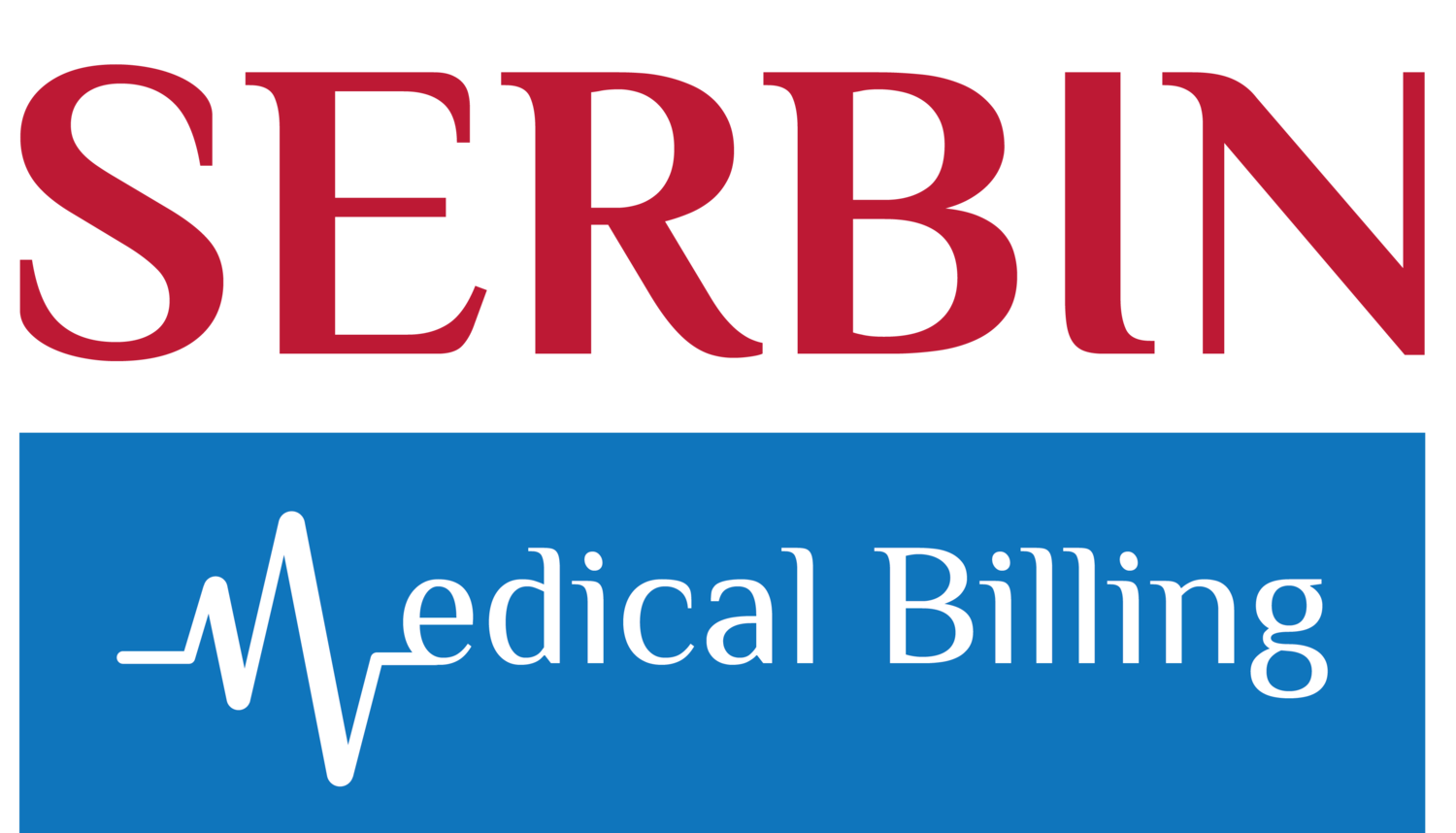Collecting Financial Responsibility Due From Patients With Third-Party Payer Coverage
By Caryl Serbin, RN, BSN, LHRM
In most cases, patients with third-party payer coverage have a portion that is not covered by their contract (e.g., co-pay, deductible, co-insurance). Here are some suggestions for collecting those amounts from the patient.
1. Request insurance information from the provider’s office, including necessary pre-authorization numbers, if applicable.
2. Verify insurance eligibility, benefits, deductible, co-pay and billing information from the patient's insurance company. Document this information fully.
3. Be aware of state and insurance company regulations concerning amounts allowed to be collected in advance. Call patients and discuss their financial responsibility prior to date of service.
4. If the patient is unable to cover all of their upfront responsibility on the date of service, offer payment options. Make sure your administrator has final approval on the option given to the patient. These can include:
Credit card (total amount or monthly debits)
Healthcare credit company
Promissory note (typically a last resort)
5. Receive commitment from patient on payment choice and amount. Advise the registration desk of amount to be collected from patient on the date of the procedure.
6. On date of procedure, review insurance information with the patient to guarantee accuracy.
7. Make a copy of the patient's insurance card at registration.
8. Collect agreed-upon amount from patient on day of procedure. If not paid in full, have patient sign appropriate documents agreeing to payment terms.
9. Post-procedure, when final payment is received from insurance company, transfer any balance to patient or guarantor and immediately send a statement. Follow-up until balance is paid in full.


